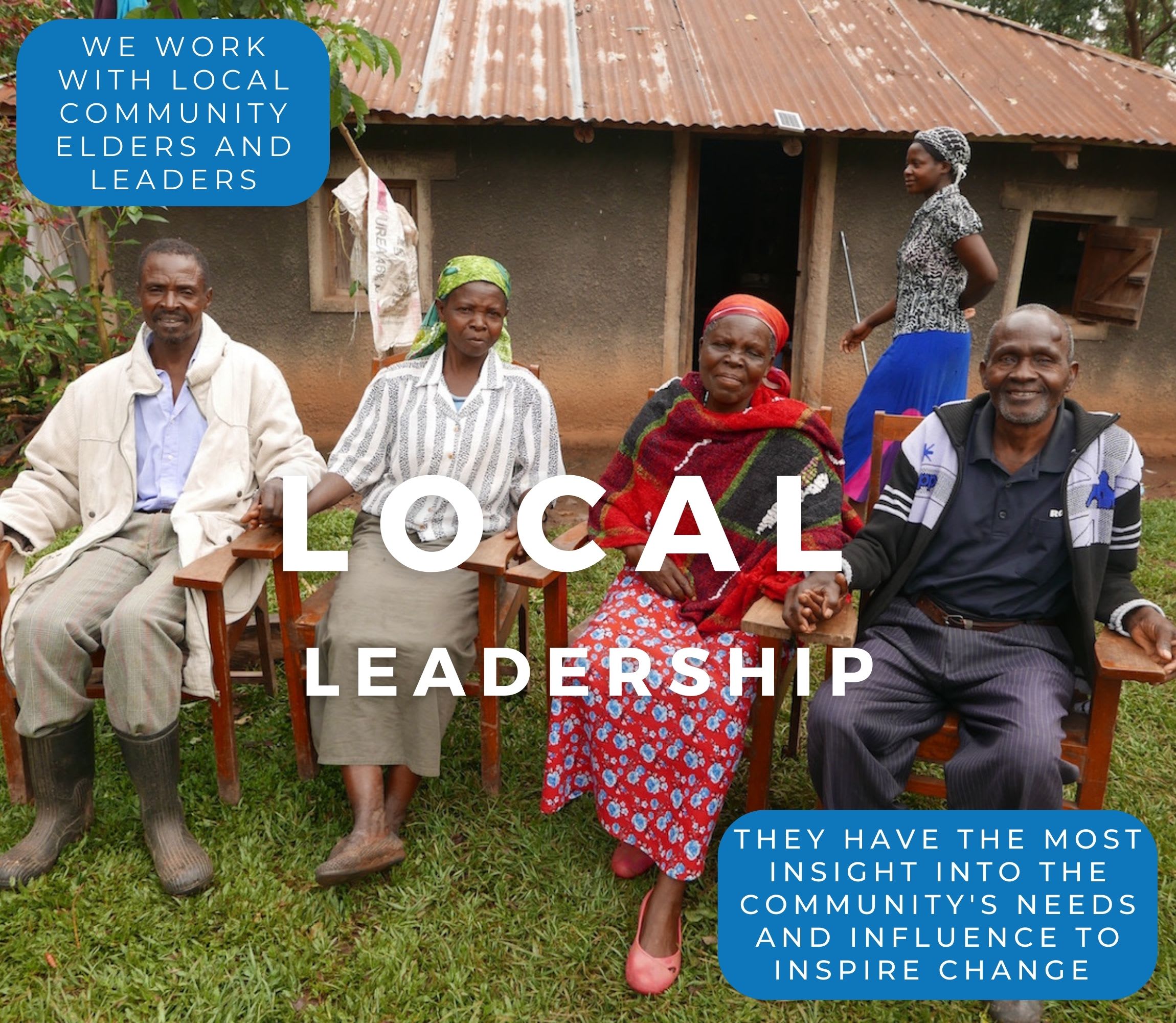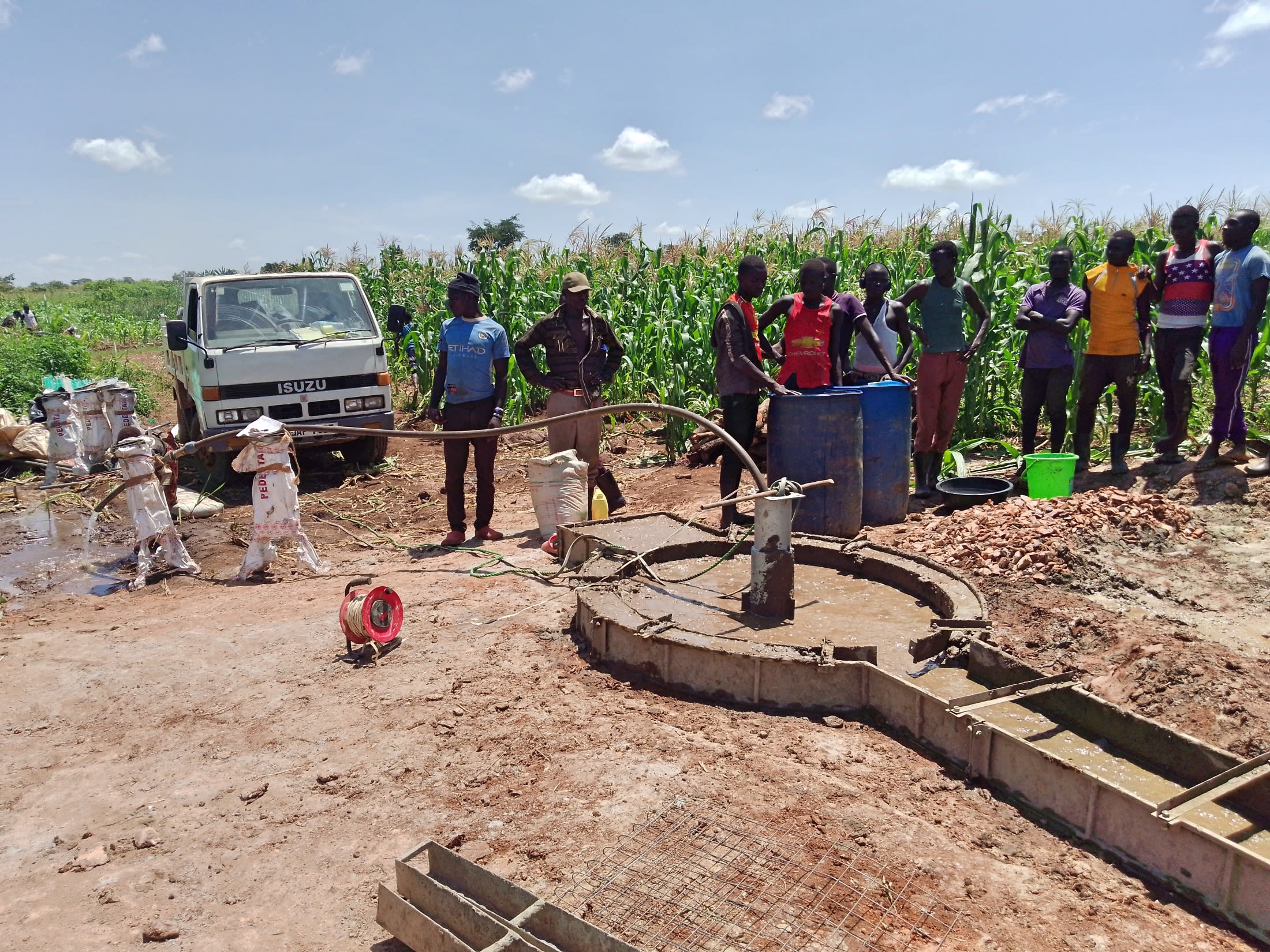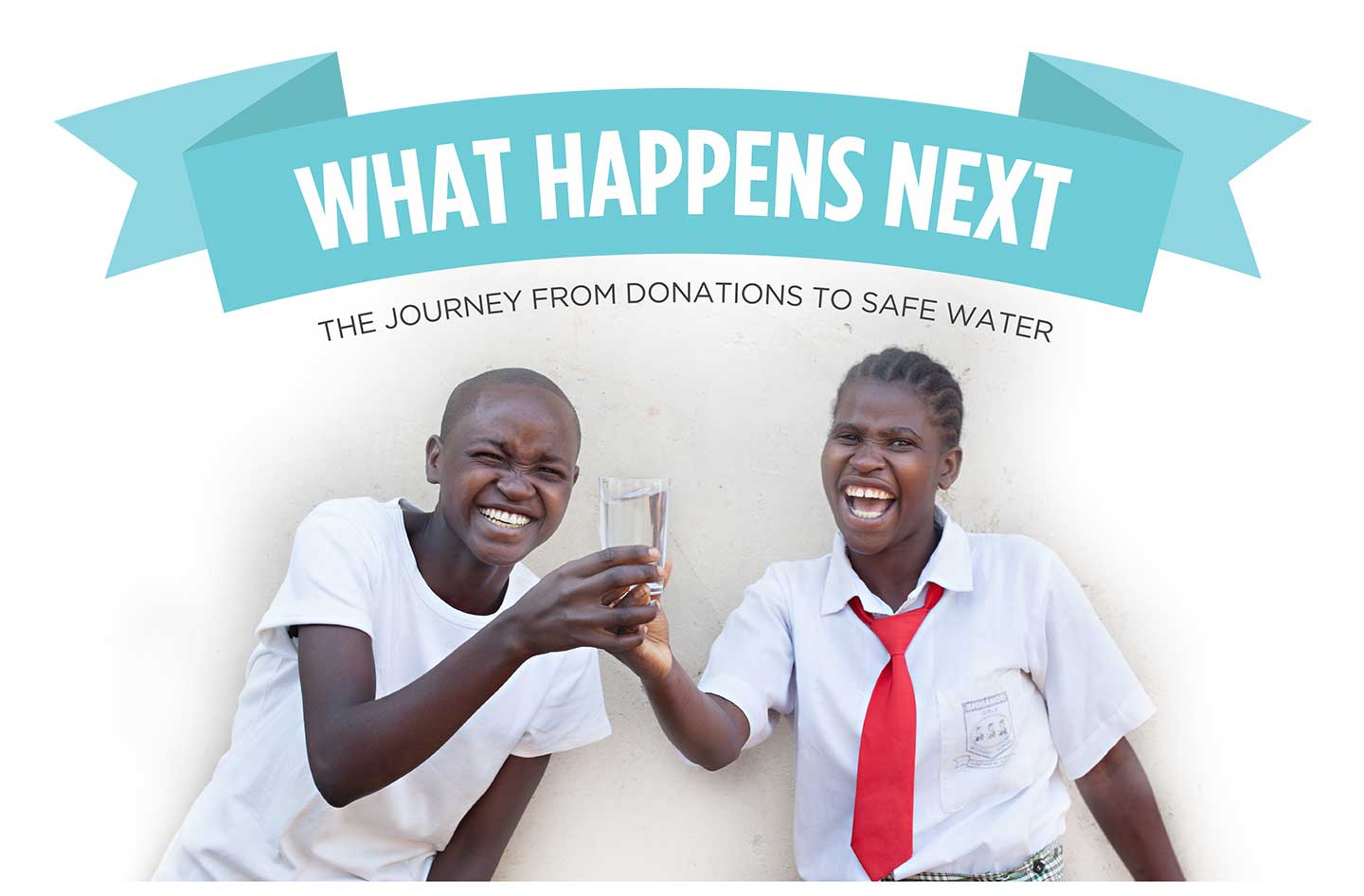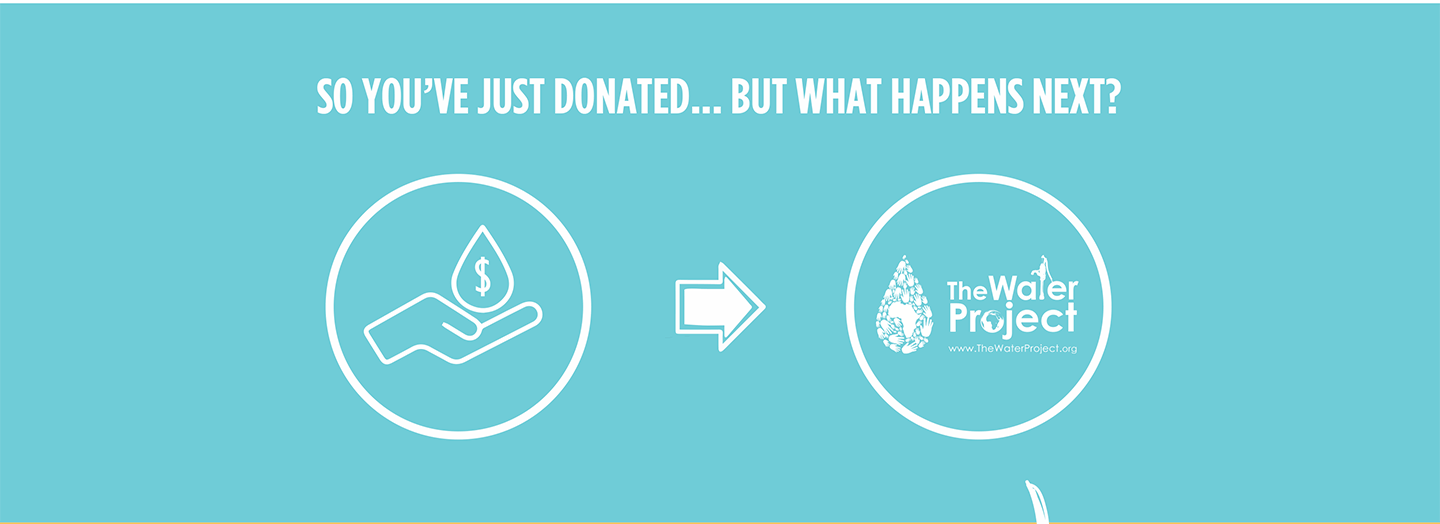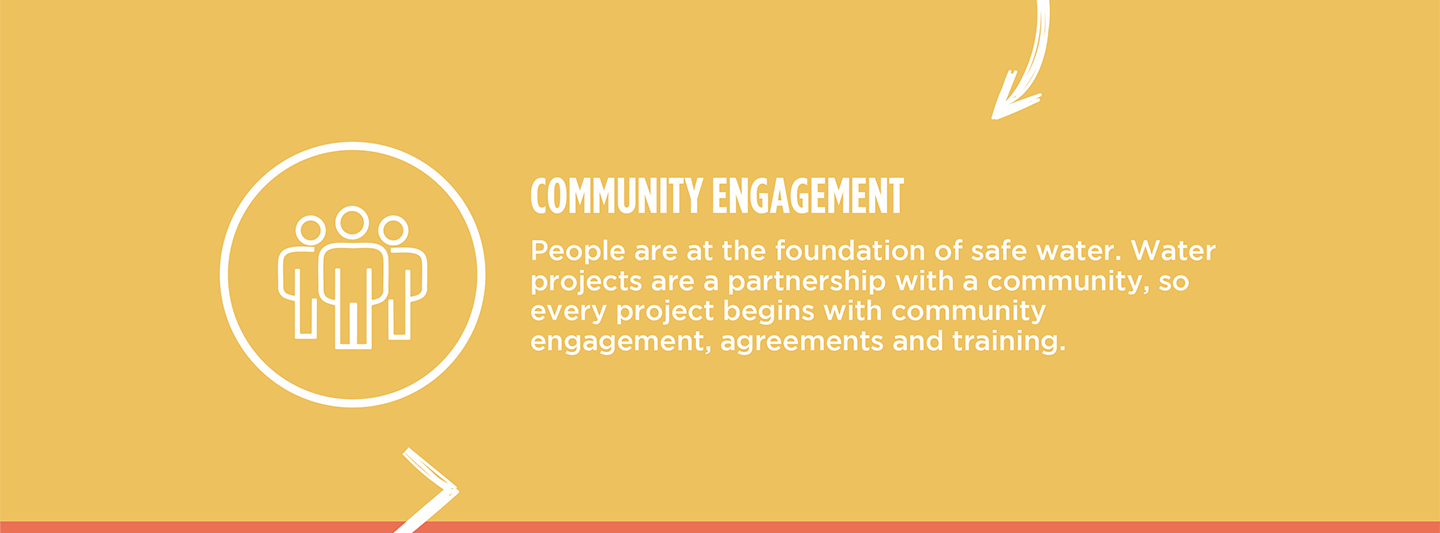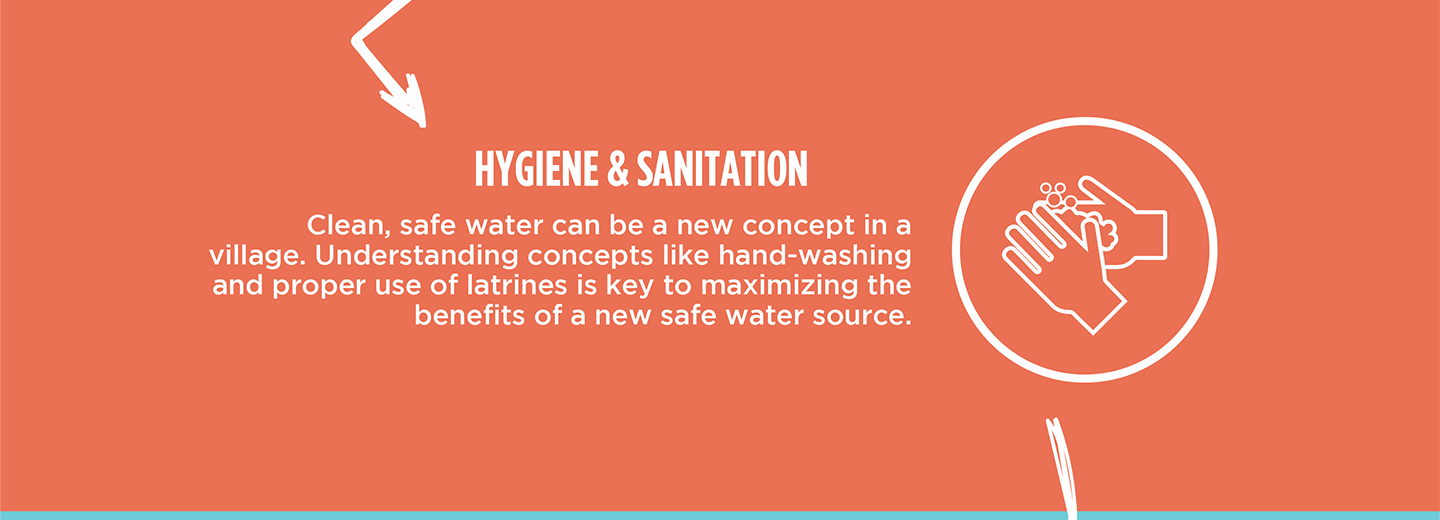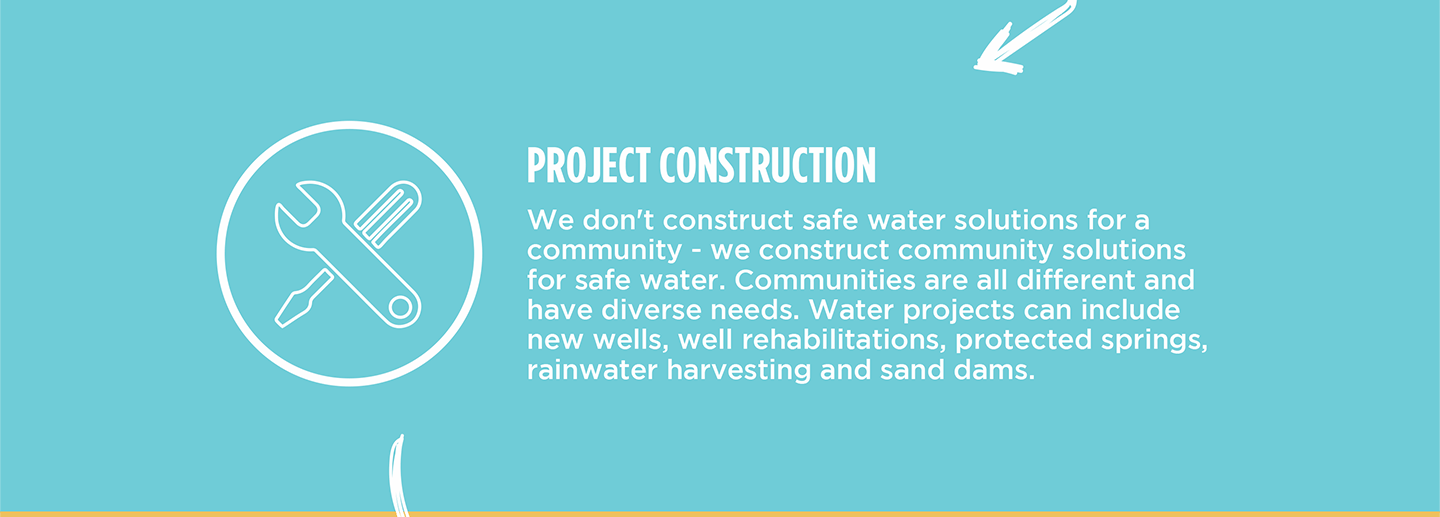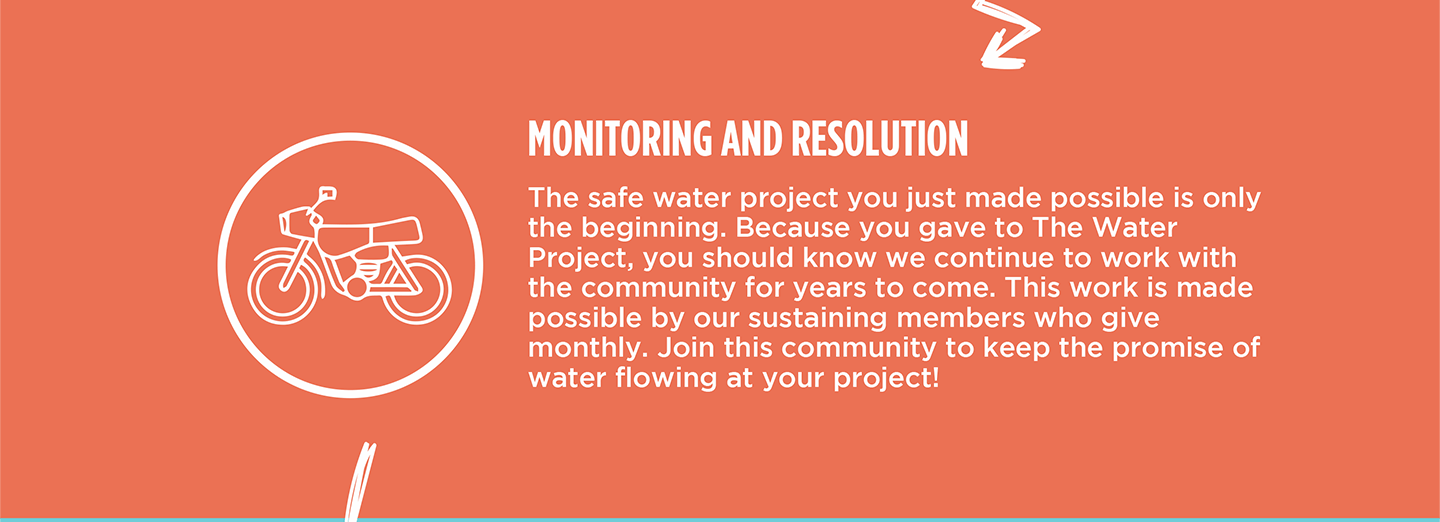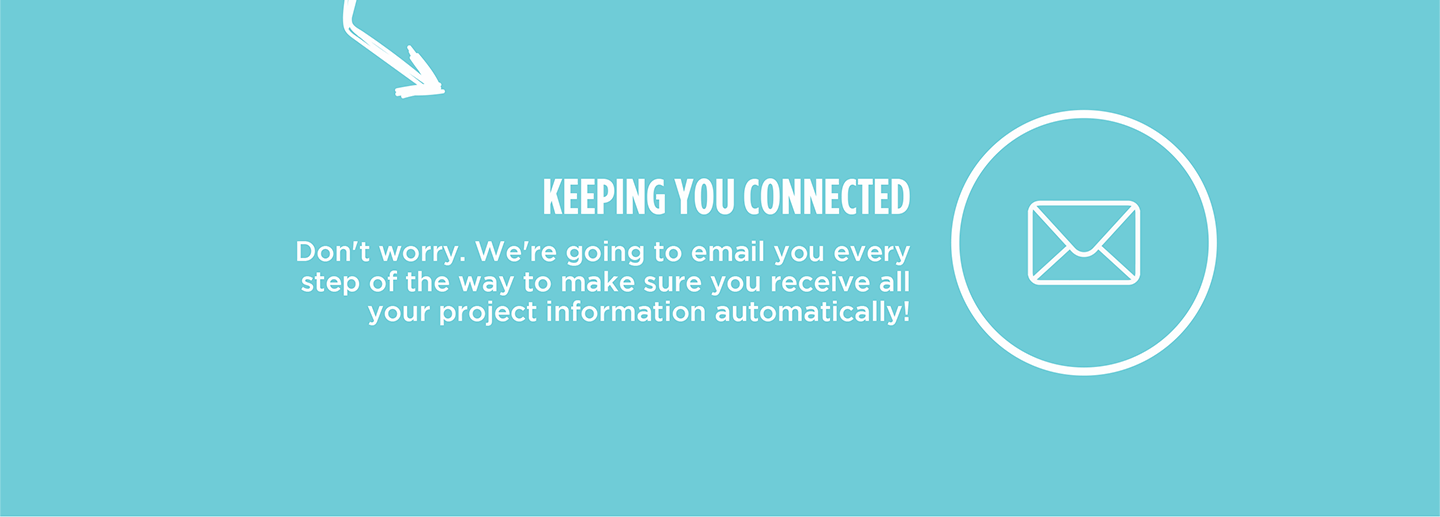The 300 community members in Kyamaiso do not have a safe, nearby water source to rely on to meet their daily water needs, leaving them to use the local dam for water.

While the dam is the closest water source, it is still a long, exhausting distance away.
"The distance from my home to the dam is long, taking about 20 minutes to reach there even when using a bicycle," said 9-year-old Denis K.

Sadly, after all the effort to collect water, community members have repeated cases of water-related illnesses like diarrhea and stomachache that cost people vital financial resources they cannot afford to waste.

Jesca Ojjo, a 35-year-old housewife, shared, "I stay near the dam, so it is my main source of water. The dam is open, deep, and shared with animals. This puts my life at risk by either falling in [the] water or even contracting diseases like diarrhea, typhoid, and skin rashes."
"I collect water from the dam, which has really dirty water. They always find people washing in [the] water, bathing and even cows drinking water in it," said Denis.

With only dirty water to use for essential daily tasks, keeping up with personal and household hygiene is a constant challenge. When water is even more scarce in the dry season, it is nearly impossible.
"In [the] dry season, especially during [the] first term, I miss school because of not being able to clean my uniforms, and even eating food on time becomes hard. Thus, we starve," Denis concluded.
The people of Kyamaiso desperately need a solution to their water scarcity, so collecting water does not have to be a daily hardship.
Here’s what we’re going to do about it:
New Borehole
This new borehole is an exciting opportunity for this community! We work with the community to determine the best possible sites for this well.
We conducted a hydrogeological survey and the results indicated the water table is an ideal candidate for a borehole well. Due to a borehole well's unique ability to tap into a safe, year-round water column, it will be poised to serve all of the water needs for this community, even through the dry months.
Community members will help collect the needed construction materials such as sand, rocks, and water for mixing cement. They will also provide housing and meals for the work team, in addition to providing local laborers. We will complement their materials by providing an expert team of artisans and drilling professionals, tools, hardware, and the hand-pump. Once finished, water from the well will then be used by community members for drinking, handwashing, cooking, cleaning, and much more.
Training
Training's main objectives are the use of latrines and observing proper hygiene practices since these goals are inherently connected to the provision of clean water. Open defecation, water storage in unclean containers and the absence of hand-washing are all possible contaminants of a household water supply. Each participating village must achieve Open Defecation Free status (defined by one latrine per household) prior to the pump installation for this borehole well.
This social program includes the assignment of one Community Development Officer (CDO) to each village. The CDO encourages each household to build an ideal homestead that includes: a latrine, a handwashing facility, a separate structure for animals, a rubbish pit and a drying rack for dishes.
We also implement the Community-Led Total Sanitation (CLTS) approach with each of our village partners. This aims to improve the sanitation and hygiene practices and behaviors of a village. During these sessions, village leaders naturally emerge and push the community to realize that the current practices of individual households – particularly the practice of open defecation – are not only unhealthy, but affect the entire village. CLTS facilitates a process in which community members realize the negative consequences of their current water, sanitation and hygiene behaviors and are inspired to take action. Group interactions are frequent motivators for individual households to build latrines, use them, and demand that other households do the same.
Improved Sanitation
The aim is that all households own an improved latrine. Many households do not use a latrine but use the bush. Due to open defecation, feces are spread all over the village. This leads to waterborne diseases and contamination of groundwater and surface water. Our aim is that the community is able to live a healthy life free of preventable diseases. We endeavor that at the end of our presence in the community, people will have both access to sustainable, clean water and access to sanitation. We have now organized families to form digging groups for latrine construction, and empowered them with tools to use.

 Borehole Well and Hand Pump
Borehole Well and Hand Pump
 Rehabilitation Project
Rehabilitation Project

